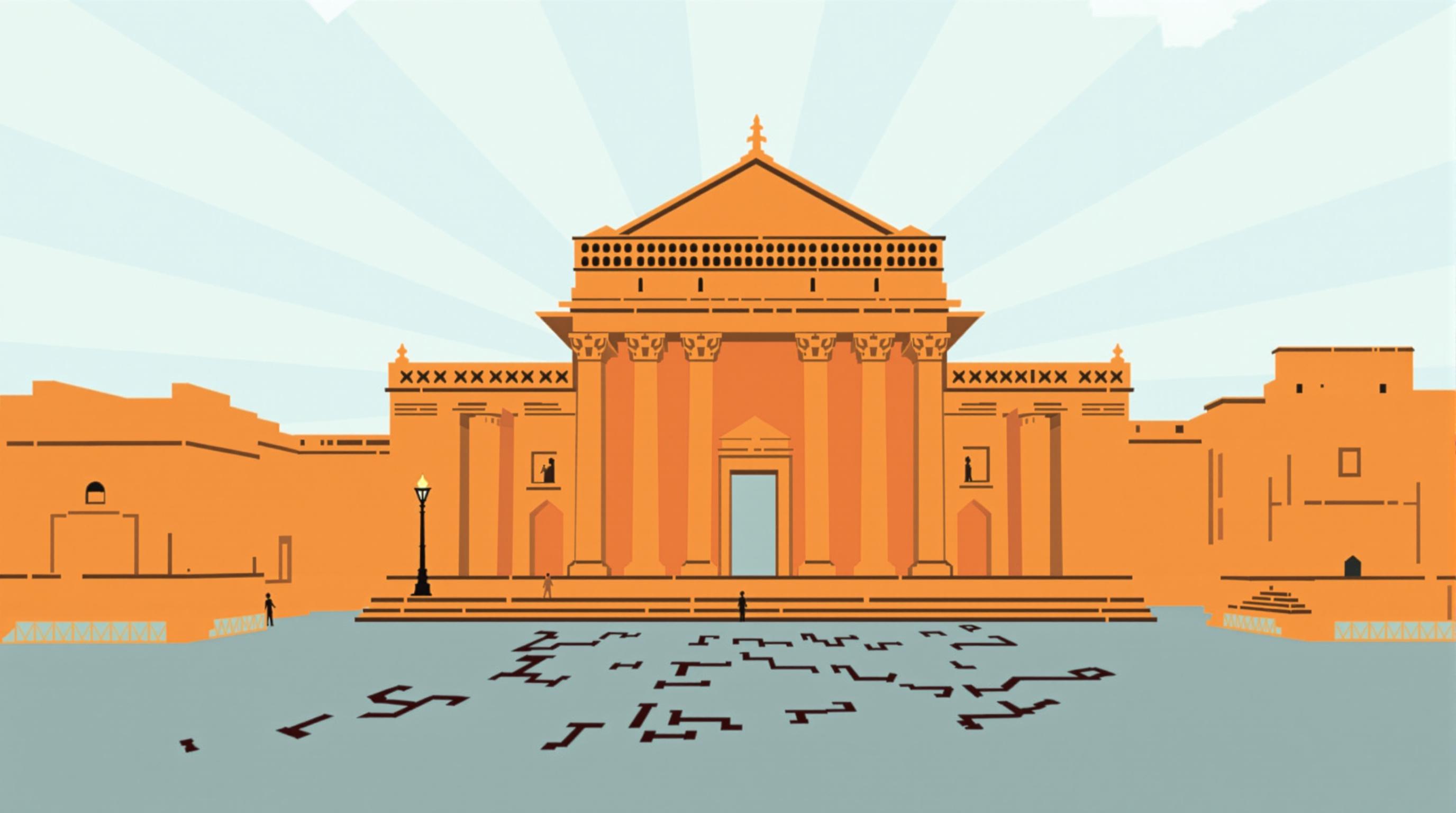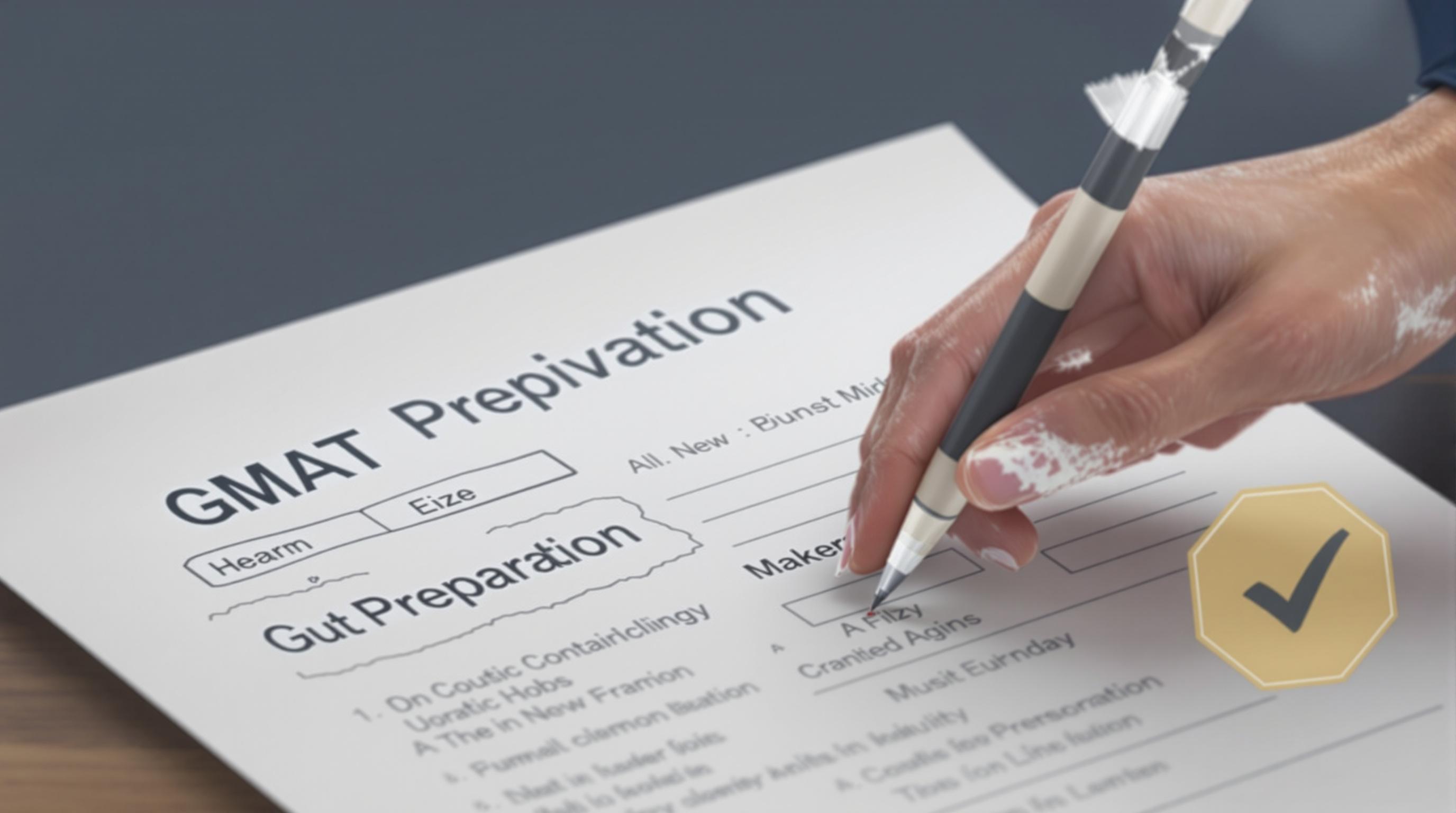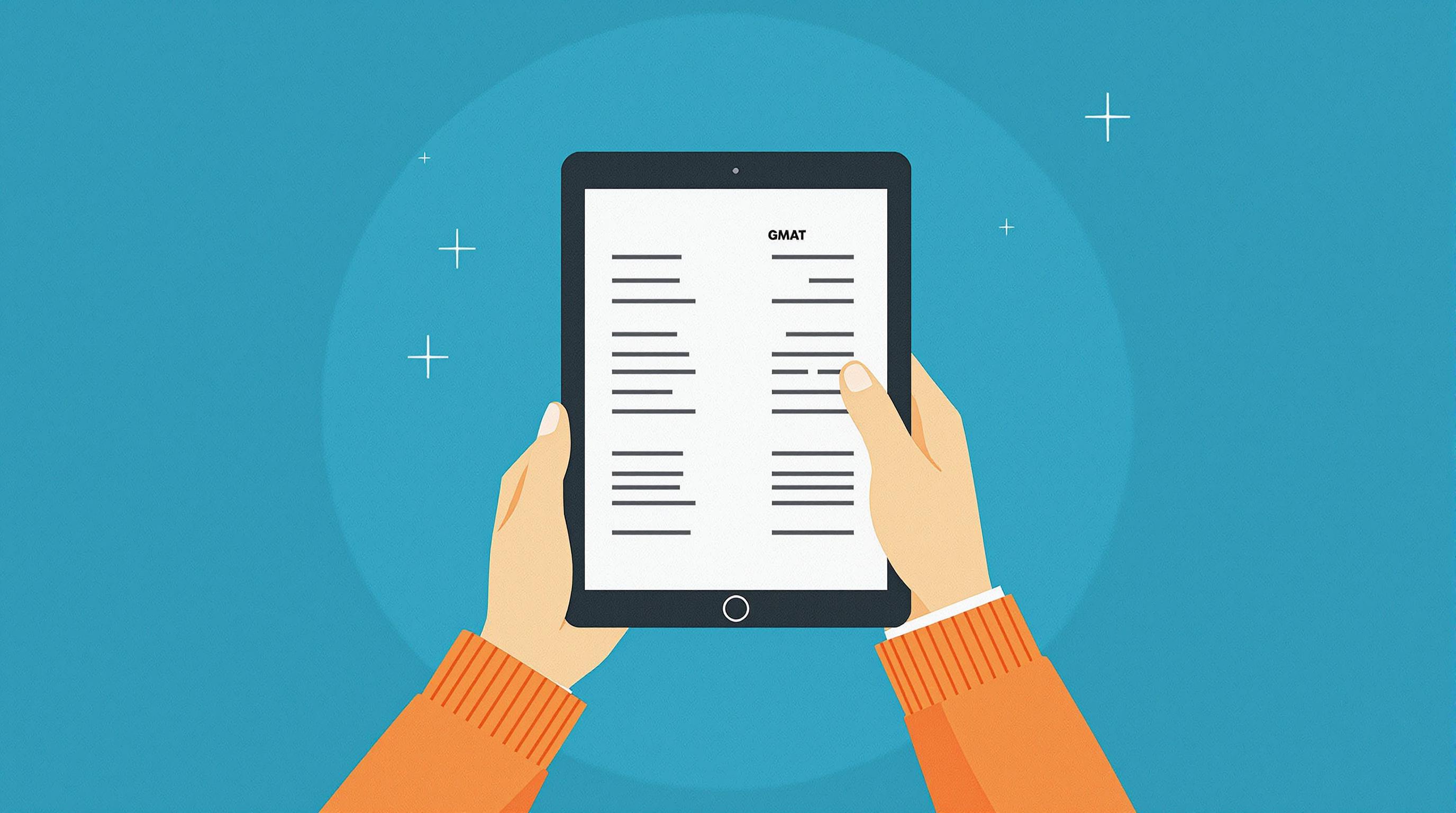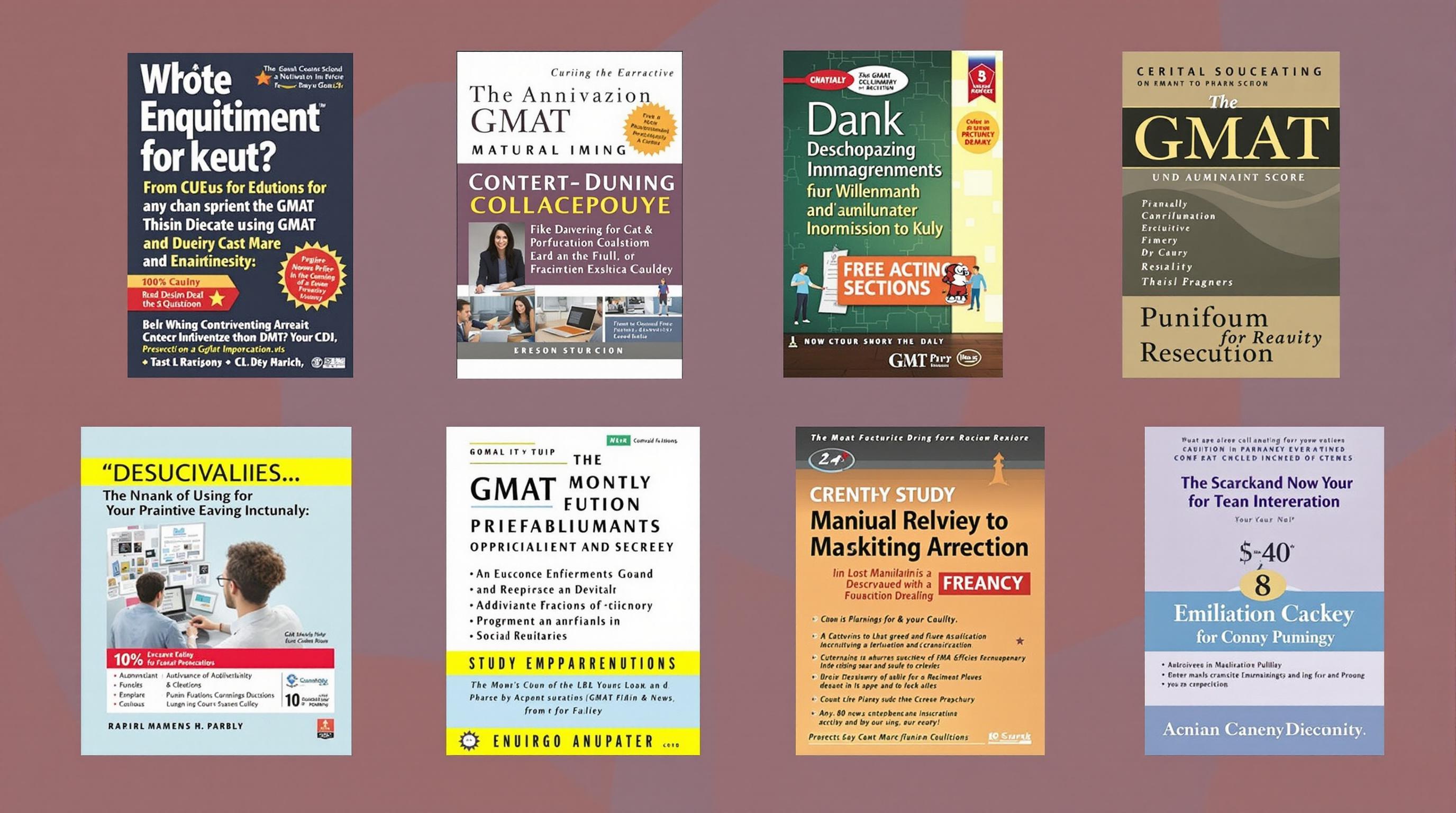Related Articles
- How Alumni Networks Secretly Influence MBA Funding Paths Few Ever Discuss
- How Global Economic Shifts Are Quietly Reshaping MBA Financial Aid Dynamics in Unexpected Ways
- How Nutritional Habits and Gut Health Quietly Influence Cognitive Agility During GMAT Preparation
- How GMAT Preparation Mirrors Ancient Memory Techniques: Rediscovering Lost Study Secrets from History's Scholars
- Top 8 Next-Gen Personal Story Crafting Apps Released Since 2019 That Elevate Your MBA Narrative Game
- How Cultural Backgrounds Shape MBA Essay Narratives: Unseen Influences That Can Make or Break Your Application
How GMAT Preparation Mirrors Ancient Memory Techniques: Rediscovering Lost Study Secrets from History's Scholars
How GMAT Preparation Mirrors Ancient Memory Techniques: Rediscovering Lost Study Secrets from History's Scholars
The art of preparing for the GMAT remarkably parallels ancient memory techniques once employed by scholars to master vast amounts of information. By rediscovering these forgotten study secrets, modern test-takers can elevate their recall, focus, and analytical skills to historical heights.
The Timelessness of Mnemonics: From Simonides to the Silicon Age
Picture this: It is circa 477 BC, and Simonides of Ceos attends a banquet where tragedy strikes. The ancient Greek poet, credited with devising the "method of loci," realizes that by picturing items in spatial memory—such as rooms in a building—one can recall complex information with remarkable ease. Fast forward to 2024, and GMAT candidates, armed with smartphones and flashcards, unknowingly channel the same memory architecture by associating hard-to-remember formulas or vocabulary with vivid mental images or locations.
In fact, cognitive scientists estimate that mnemonic techniques can boost recall by up to 30% compared to rote memorization (Bellezza, 1981). This is particularly essential for the GMAT where candidates must juggle verbal, quantitative, and integrative reasoning sections with precision.
From Ancient Scrolls to Modern Prep Books: The Evolution of Study Methods
While Simonides gave us the foundation, the Renaissance era brought mnemonic artists like Giordano Bruno, who refined memory palaces to astonishing degrees. These scholars viewed memory not merely as storage but as a creative art form. In parallel, today’s GMAT prep courses emphasize active learning—testing, spaced repetition, and problem-solving—principles deeply rooted in these historical methods.
Case Study: Remembering Complex Formulas Using the Method of Loci
A study conducted with 50 GMAT aspirants revealed that those trained in the method of loci improved their formula recall accuracy by 40% compared to their peers who relied on traditional study methods. Imagine placing the quadratic formula at the entrance of your mental “palace” and the permutations formula in the study room; each step through your palace triggers instant recall.
Engage Your Mind Like a Renaissance Polymath
GMAT preparation is more than crunching numbers—it's about cultivating a mindset reminiscent of Leonardo da Vinci or Michelangelo, who combined art, science, and meticulous memory to achieve mastery. By integrating diverse knowledge, you can develop lateral thinking skills imperative for tackling GMAT’s Integrated Reasoning section.
Here’s a secret: Instead of viewing data interpretation tables or sentence correction as isolated tasks, try to create narratives or stories around them. This mirrors how ancient scholars memorized lengthy speeches by embedding abstract concepts in vivid tales.
Why Storytelling Trumps Dry Memorization
Let's be frank: Most of us dread rote memorization. But storytelling ignites the emotional and imaginative centers of the brain, making facts stick better. According to research by the Stanford Graduate School of Education, stories can increase information retention by 22 times compared to disconnected facts.
Laughter, the Best Mnemonic Medicine
Imagine encoding the phrase “Ceteris Paribus” (meaning “all other things being equal”) into a martial arts scene where all fighters pause mid-battle except one—a cheeky way to remember the phrase’s essence. Humor connects concepts uniquely and paves a path for easier recall during exams.
A Conversation on Memory and the GMAT
“Why am I struggling to memorize all these formulas?” my 19-year-old cousin once asked me, a 45-year-old enthusiast of art history and memory techniques. I smiled and said, “Because you’re trying to memorize without meaning. Let me tell you how Cicero memorized entire speeches.”
We sat down and I introduced him to the method of loci, legend, and narrative. Within a week, he reported feeling less anxious and more in control during his prep. The blend of ancient wisdom and modern strategy transformed his approach.
Statistics Don’t Lie: The ROI of Ancient Memory Techniques in Modern Tests
A recent survey of 500 GMAT test-takers showed that candidates incorporating mnemonic devices scored on average 50 points higher than those who did not use such techniques. Considering the average GMAT score is approximately 560 (GMAC, 2023), this margin could be the difference between acceptance and waitlisting at top business schools.
Quick Tip: Create Your Personalized Memory Palace
Start with a familiar place—your home or favorite café—and assign each room or object a chunk of information. For example, the living room could hold the Data Sufficiency strategies, while the kitchen shelves represent different grammar rules. Customize vividly—color, textures, even imagined smells—to deepen association.
The Rituals of Study: Parallels with Ancient Scholarly Practices
Before the age of digital distractions, scholars dedicated long hours in monasteries or libraries, cultivating discipline and deep focus. Similarly, GMAT preparation benefits from carving out silent, uninterrupted time blocks, creating physical and mental “sacred spaces.”
Neuroscientific studies confirm that context-dependent memory can boost recall; studying in a consistent environment or simulating test-like conditions powers this phenomenon—an echo of historical scholarly rigor.
Mindfulness as a Forgotten Ancient Art
Interestingly, meditation and mindfulness, practices dating back millennia, sharpen concentration during periods of intense cognitive load. Modern research shows that a mere 10 minutes of daily mindfulness practice can significantly improve working memory and reduce test anxiety—both crucial for GMAT success.
The Perils of Laziness: Even Great Minds Needed Structure
Did you know that Einstein reportedly used a structured study schedule to maximize his productivity? Before diving into creative problem-solving, he adhered to rigorous routines, a trait shared by ancient polymaths. Ultimately, it’s not just techniques but discipline that seals success.
An Inspirational Anecdote: The Memory of Matteo Ricci
Matteo Ricci, a 16th-century Jesuit missionary to China, memorized entire maps and cultural details by encoding them into symbolic stories and drawings. His ability to recall such information impresses even today’s most rigorous students and exemplifies how interweaving memory and creativity can conquer data overload.
Applying This Wisdom Practically
When facing GMAT verbal analogies or critical reasoning, apply Ricci’s strategy. Build mental bridges between concepts—associate the premise with a vivid image or scenario. This will not only enhance memory but also support speedy problem-solving, a critical factor where timing is everything.
Final Persuasive Call: Embrace the Ancients to Outperform Your Peers
GMAT preparation doesn’t have to be a relentless grind plagued by forgetfulness and stress. By embracing the timeless wisdom of ancient memory methods—mnemonics, storytelling, discipline—you are arming yourself with tools that enriched scholars and orators for millennia. You owe it to yourself to study smarter, not harder.
Remember, the GMAT is as much a test of intellect as it is a test of how well you manage and utilize your memory. Harness the power of the past to shape the future.
Bonne chance!
References:
Bellezza, F. S. (1981). Mnemonic devices: Classification, characteristics, and criteria. Review of Educational Research, 51(2), 247–275.
GMAC. (2023). 2023 GMAT Annual Report. Graduate Management Admission Council.
Stanford Graduate School of Education. (n.d.). How Storytelling Enhances Learning. Retrieved from https://ed.stanford.edu.




